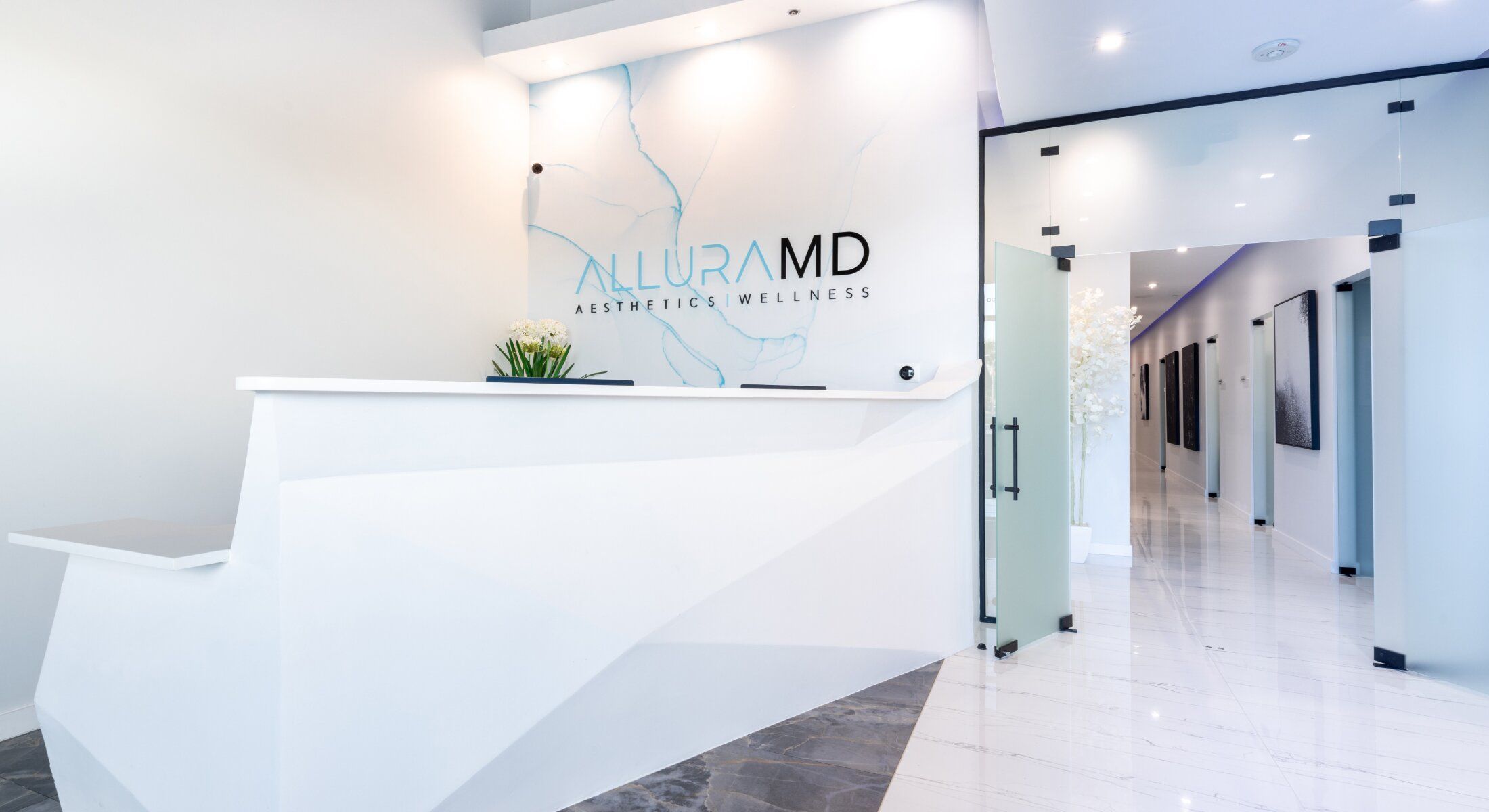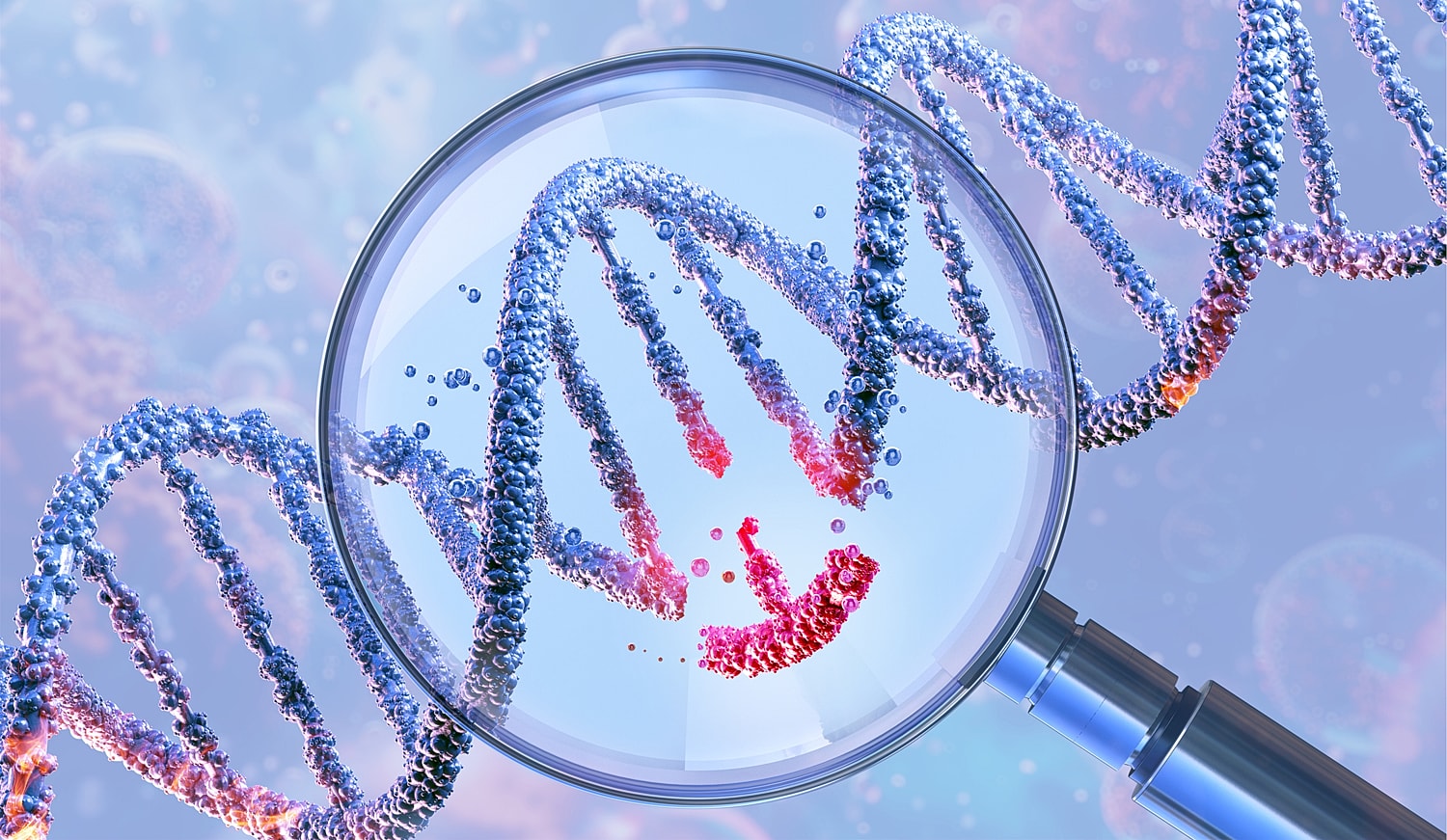

The word “biohacking” has been around for years. Lately, though, it’s everywhere. You hear it in podcasts, in gyms, and on social feeds filled with ice baths and wearable trackers. Everyone seems to have their version of it. Some swear it’s the secret to better energy, others say it’s about living longer.
Actually, biohacking isn’t a single thing—it’s a mindset of paying attention to what your body’s telling you, collecting real data, and using that to guide how you eat, sleep, and recover. That’s where places like AlluraMD Aesthetics + Wellness come in., Here, we don’t chase the hype; we bring science back into the conversation.
So what actually counts as biohacking? It’s essentially the process of tinkering with your biology responsibly to see what helps your body work better. You adjust habits, monitor outcomes, then repeat. Small experiments, with real feedback.
Forget quick fixes. There’s no magic pill hiding in this. The real work happens in the details: tracking sleep, measuring energy levels, watching how nutrition, light exposure, and stress affect your focus or recovery.
None of this is brand new. Pro athletes have been doing it for decades: testing health markers, analyzing sleep quality, adjusting diet to improve performance. What’s changed is that now, through wearable technology and data-based testing, anyone can see how their system responds. Biohacking is about taking charge of your own health, one measurable change at a time.
The flashy stuff—red light therapy, cold plunging, intermittent fasting—gets the attention, but those are side dishes. The main course is understanding your metabolism. How your body burns fuel tells you almost everything about your health.
That’s where metabolic analysis, like PNOE testing, becomes the foundation of your biohacking journey. It uses a mouthpiece connected to a sensor to measure how your body uses oxygen, how efficiently it burns carbohydrates and fat, and how those systems perform under stress. Basically, it maps your inner engine.
Once you see those numbers, you can make targeted changes instead of guessing. An experienced healthcare provider, like our team at AlluraMD, can help translate that data into informed daily choices: what mix of whole foods, healthy fats, and lean proteins keeps your metabolism steady, when to train, and when to rest. No fads, just facts.
If your day starts before sunrise and ends with scrolling under bright screens, you’re not imagining the fatigue. Modern life strains our natural biology. Constant alerts, too much blue light, and late meals—all of it confuses the body’s rhythm.
Biohacking, in that sense, isn’t a Silicon Valley game; it’s course correction. Bringing the body back to something closer to how it’s supposed to run. For some, that means standing outside to catch natural light before coffee. For others, a few minutes of deep breathing or a short cold therapy session to wake up circulation.
Add in sleep habits that protect melatonin, breathing exercises to steady the nervous system, and a diet centered on real food instead of packaged noise, and you start to feel your biology respond. The goal isn’t to perfect it, it’s to give your body space to recover.
The connection between metabolism and brain health is hard to overstate. When your body’s energy system runs clean, mental clarity follows. Steadier oxygen flow sharpens cognitive function, and consistent sleep keeps the mind from burning out.
Even simple habits, like opening the blinds first thing to reset your internal clock, have a meaningful impact. Morning light exposure brings the brain into daytime mode, improving focus and, later, sleep quality. Supplements can help, such as omega-3s, magnesium, and adaptogens.
The most important factor is getting into a good rhythm. It’s a network of habits, not a single hack. Every choice, from nutrition to how you unwind, feeds the same cycle of well-being.
It’s easy to see why biohacking draws people in. You can make small tweaks and feel the effects quickly. But self-testing can backfire, especially if you’re managing health conditions like insulin resistance, thyroid issues, or autoimmune flare-ups.
That’s why professional input matters. A qualified healthcare provider can help you read the data and make sure your biohacking practices aren’t making your system work harder than it should. It’s the difference between self-improvement and blind self-experimentation. The body is complex; it deserves respect, not random guessing.
You don’t need a lab in your living room to biohack effectively. Start with tools that fit normal life.
You don’t need to buy every gadget in the wellness aisle. Most progress comes from consistency. A few minutes of sunlight, a quiet breath before meetings, meals that actually fuel you, make a bigger difference than anything with a subscription plan.
Most health crazes fade because they demand perfection. Biohacking works when it becomes ordinary, as part of your daily walks, your breakfast, and your bedtime routine. It’s less “hack,” more awareness.
As tech culture spills into wellness, it’s tempting to treat health like code to debug. But your body isn’t software. It’s living tissue, constantly adapting. You can guide the process with small, measurable changes, but there’s no shortcut and no finish line.
The best kind of biohacking isn’t loud or flashy. It’s quiet, patient, and guided by understanding. It’s noticing your afternoon slump and realizing it ties back to light exposure or skipped hydration. It’s replacing guesswork with data and then using that data to live better.
With the right structure and the right people helping you interpret it, you can begin to identify how small shifts in sleep, nutrition, and stress resilience can reshape how your body’s performance feels day to day.
AlluraMD Aesthetics + Wellness approaches biohacking the same way: scientific, grounded, personal. Less about chasing the next thing, more about understanding the system you already have.
Your biology is already working hard for you. Biohacking simply gives you the tools to return the favor.